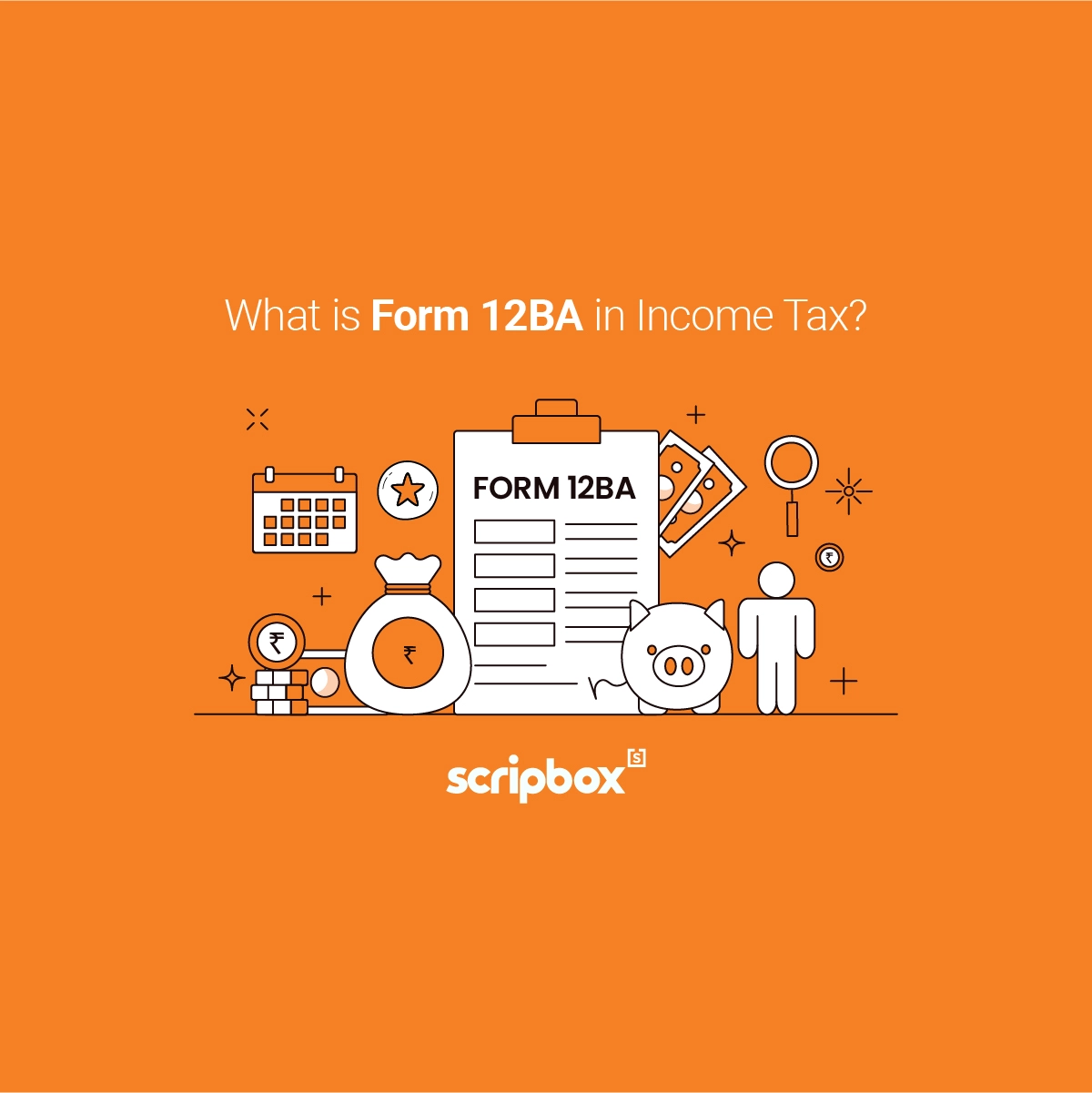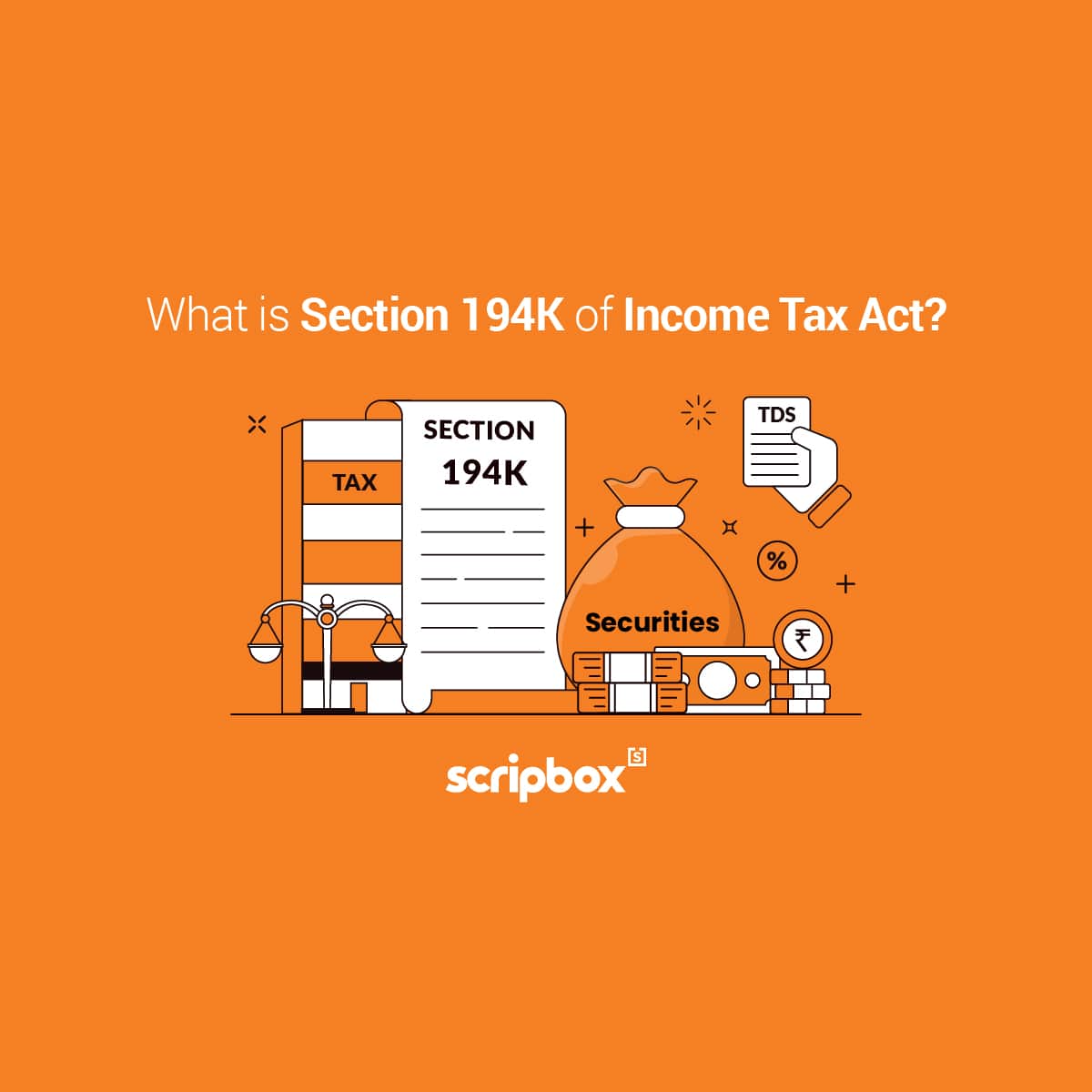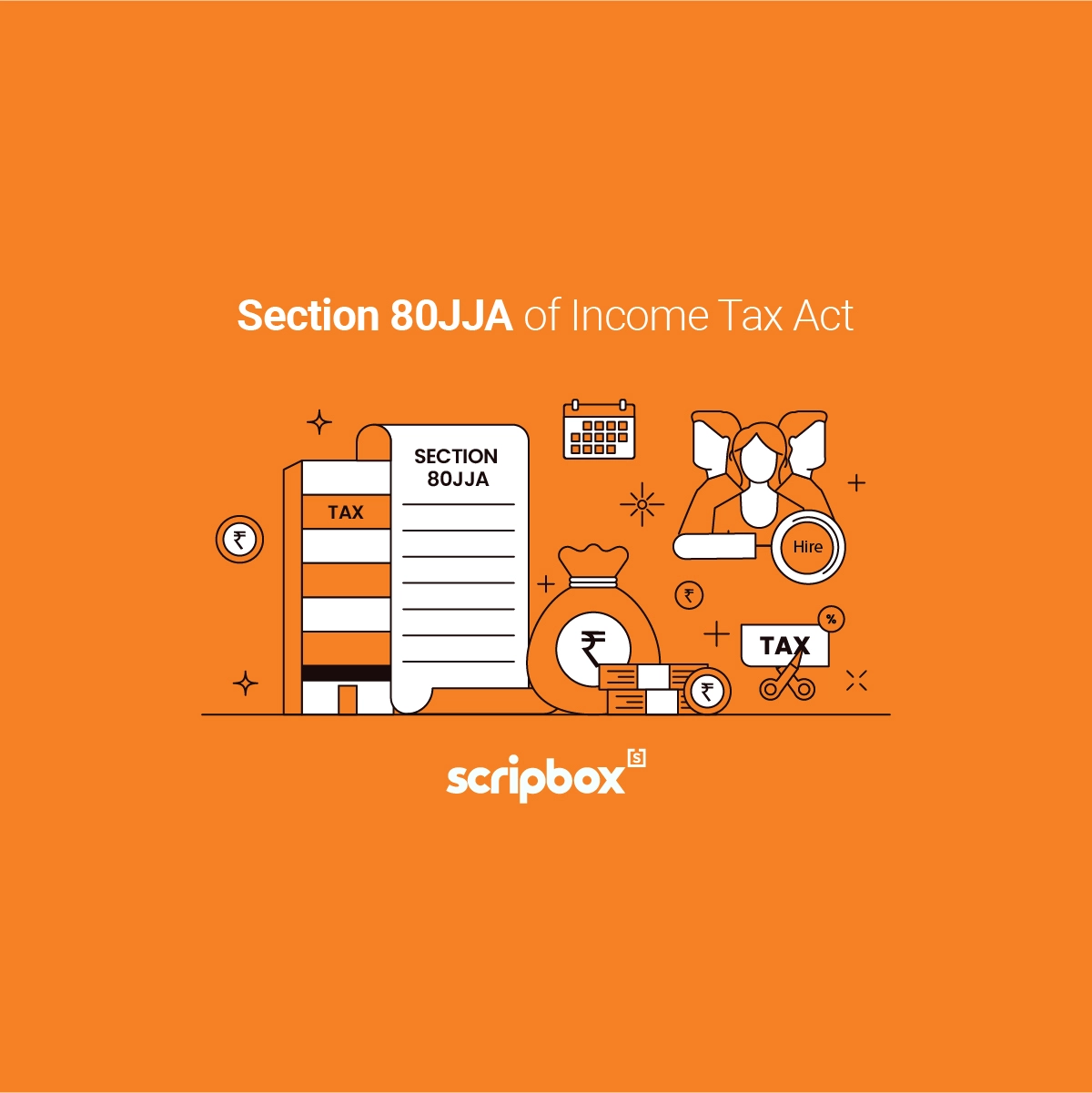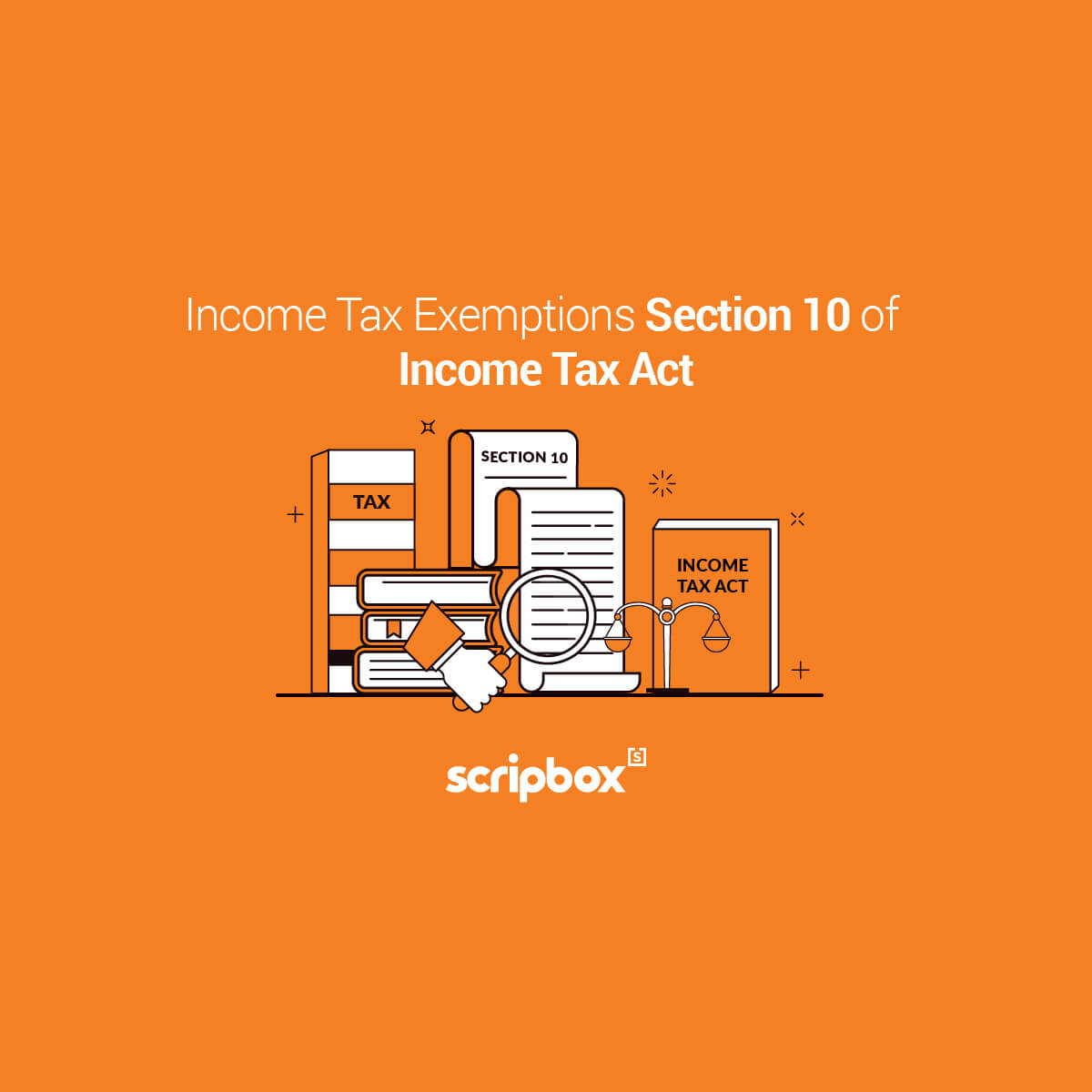What is Section 80RRB?
Section 80RRB is a tax deduction which a taxpayer can claim while filing their income tax returns against payments received as royalty. Royalty payments are a source of income for many citizens. A royalty is an amount paid to a person by another party in exchange for using the recipient’s work.
This could include books, artwork, music, inventions, and so on. Royalty payments are typically recurring and can last from a set period of time until the recipient’s death. If you fall into this category and receive royalties for your work, you can claim a tax deduction under Section 80RRB of the Income Tax Act of 1961.
Who is Eligible for Deduction Under Section 80RRB?
This deduction is available only to a resident individual, registered as the true and first inventor in respect of an invention under the Patents Act, 1970. The deduction is available to the co-owner of the patent and earning income by way of royalty of a patent registered on or after April 1, 2003.
To claim Section 80RRB deductions, you must satisfy the following requirements:
- The person claiming the deduction must be a resident of India.
- Only original patent holders are eligible to apply for a deduction under Section 80RRB. This deduction is not available to anyone who does not own the original patent.
- The patent for which the royalty was paid must be registered under the Patent Act of 1970. The patent in question must have been registered on or after April 1, 2003.
Definition of Patent for the Purpose of Section 80RRB
A patent is an intellectual property right, ensuring the protection of the rights of the inventors. This enables the innovator to monetize his or her innovation and generate consistent income from it. When an innovator grants the right to use his/her patented innovation to another person or an entity, he/she is eligible to receive a compensation on a regular basis. This is known as a royalty payment.
Typically, the innovators lack the resources to transform their concept into a viable offering. In such case, an individual or entity acquires the right to use the innovation and then transforms it into a useful product. The entity will pay the innovator a royalty in exchange for the right to commercialise the innovation. It could be a set amount each year or a percentage of sales over a set period of time.
Learn: Section 80P
Section 80RRB Deduction Limit
This section allows an individual to deduct up to Rs 3 lakhs of his/her income from royalties on patents registered on or after April 1, 2003. If the actual royalties received are less than Rs. 3 Lakhs, then only that amount is eligible for deduction.
It is important to note that the government may grant a compulsory license to use the patent in the public interest. Furthermore, the Government’s Controller of Patents usually settles the amount of royalty payable. Here, the claimed deduction cannot exceed the settlement amount. If you are an innovator and have a government patent for your innovation, you can also claim a deduction under Section 80 RRB and reduce your tax liabilities.
Things to Remember While Claiming Deduction Under Section 80RRB
- This deduction is only available to India resident individuals. HUFs and non-residents of India are not eligible to claim deductions under the section 80RRB.
- This deduction is applicable on the royalty income. It includes the transfer of rights in the patent or for providing information for working or use of a patent, use of a patent. It also includes the rendering of any services in connection with these activities.
- Not applicable on any consideration for the sale of product manufactured with the use of the patented process or patented article for commercial use.
- If an individual has alternate source of income, only the amount received as royalties is deductible.
- Section 80RRB allows only original patent holders to claim the deduction.
- Taxpayers might receive any royalty payments from a foreign country or sources outside India. Here, the deduction is available on the amount brought to India in convertible foreign exchange. The convertible foreign exchange should be brought into India within a period of 6 months. These 6 months start from the end of the financial year in which the income is earned. The Reserve Bank of India may allow a longer period. To claim this deduction, the assessee must submit a certificate that must be in the prescribed form and signed by the prescribed authority.
- The amount of royalty is a usual result of settlement or mutual agreement between two parties.
- It is vital to provide documentary proof of royalty payments; otherwise, the claim may be denied.
check out our article on Section 80EEB.

















Show comments